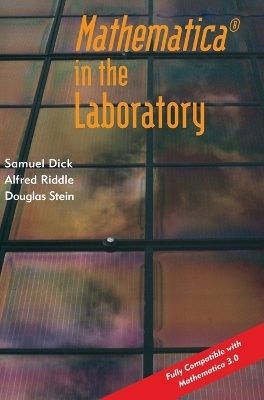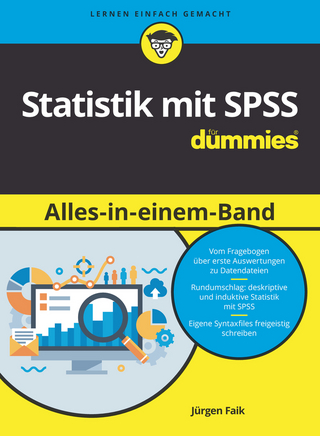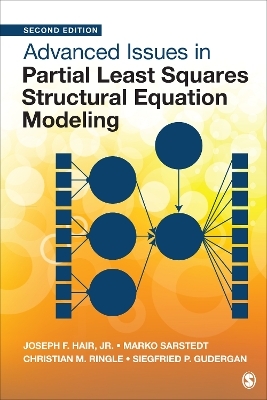
Mathematica ® in the Laboratory
Seiten
1997
Cambridge University Press (Verlag)
978-0-521-58137-0 (ISBN)
Cambridge University Press (Verlag)
978-0-521-58137-0 (ISBN)
A hands-on guide which shows how to harness the power and flexibility of Mathematica in the control of data-acquisition equipment and the analysis of experimental data. Many practical examples are given, which can either be used directly or adapted to suit particular applications. Fully compatible with Mathematica 3.0.
Mathematica® in the Laboratory is a hands-on guide which shows how to harness the power and flexibility of Mathematica in the control of data-acquisition equipment and the analysis of experimental data. It explains how to use Mathematica to import, manipulate, visualise and analyse data from existing files. The generation and export of test data are also covered. The control of laboratory equipment is dealt with in detail, including the use of Mathematica's MathLink® system in instrument control, data processing, and interfacing. Many practical examples are given, which can either be used directly or adapted to suit a particular application. The book sets out clearly how Mathematica can provide a truly unified data-handling environment, and will be invaluable to anyone who collects or analyses experimental data, including astronomers, biologists, chemists, mathematicians, geologists, physicists and engineers. The book is fully compatible with Mathematica 3.0.
Mathematica® in the Laboratory is a hands-on guide which shows how to harness the power and flexibility of Mathematica in the control of data-acquisition equipment and the analysis of experimental data. It explains how to use Mathematica to import, manipulate, visualise and analyse data from existing files. The generation and export of test data are also covered. The control of laboratory equipment is dealt with in detail, including the use of Mathematica's MathLink® system in instrument control, data processing, and interfacing. Many practical examples are given, which can either be used directly or adapted to suit a particular application. The book sets out clearly how Mathematica can provide a truly unified data-handling environment, and will be invaluable to anyone who collects or analyses experimental data, including astronomers, biologists, chemists, mathematicians, geologists, physicists and engineers. The book is fully compatible with Mathematica 3.0.
1. Importing data from files; 2. Visualizing data; 3. Data analysis; 4. Generating test data; 5. Exporting data; 6. Introduction to instrument control and data acquisition; 7. Understanding MathLink; 8. Interfacing I: a simple serial link; 9. Interfacing II: more advanced links; 10. Interface hardware design; Appendix.
| Erscheint lt. Verlag | 28.5.1997 |
|---|---|
| Zusatzinfo | 5 Tables, unspecified; 127 Line drawings, unspecified |
| Verlagsort | Cambridge |
| Sprache | englisch |
| Maße | 184 x 260 mm |
| Gewicht | 850 g |
| Themenwelt | Mathematik / Informatik ► Mathematik ► Computerprogramme / Computeralgebra |
| Naturwissenschaften ► Physik / Astronomie | |
| ISBN-10 | 0-521-58137-0 / 0521581370 |
| ISBN-13 | 978-0-521-58137-0 / 9780521581370 |
| Zustand | Neuware |
| Haben Sie eine Frage zum Produkt? |
Mehr entdecken
aus dem Bereich
aus dem Bereich
Buch | Softcover (2024)
SAGE Publications Inc (Verlag)
72,30 €
An Introduction
Buch | Hardcover (2023)
SAGE Publications Ltd (Verlag)
144,65 €


